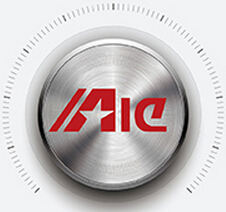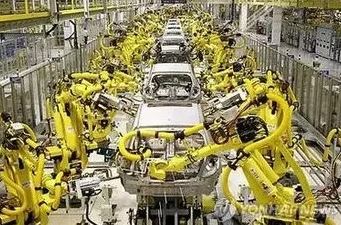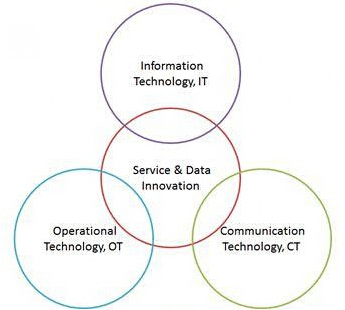Industrial robots and people compared with a stable quality, long work, to adapt to dangerous and dirty work, etc., and this article from the technical point of view to analyze the current stage of the advantages and disadvantages of industrial robots:
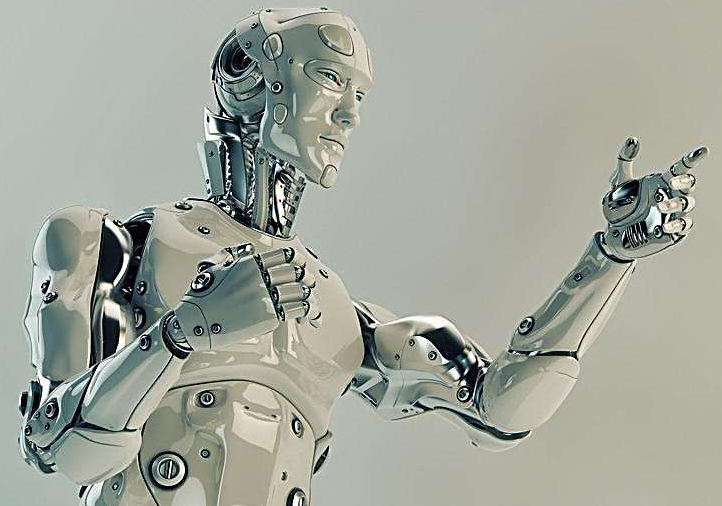
1. versatility
Industrial robots are programmable to support multi-degree of freedom movement, so the application is more flexible. Industrial robots are more flexible than human beings, which are common to many industrial automation (for a class of industrial applications or a custom-made electromechanical integration solution). Industrial applications change is not too large, it is possible to reprogram the robot to meet the new needs, without having to do a lot of investment in hardware.
But accordingly, its relative lack of efficiency will be. After all, the plane is customized for an application, so sacrifice versatility but to achieve the efficiency of optimization, in the production of this customer is very concerned about the indicators can be done very well.
2. Electromechanical performance
Industrial robots are generally able to achieve less than 0.1 mm of movement accuracy (referring to repeat the movement to the point of precision), grab weighing up to one ton of objects, stretching up to three or four meters. This performance is not necessarily easy to complete some of Apple's "crazy" processing requirements, but for most of the industrial applications, is sufficient to complete the task. With the robot's performance gradually improved, before some impossible tasks have become feasible (such as laser welding or cutting, had special high-precision equipment to guide the direction of the laser, but with the robot's precision, Can rely on the robot itself to replace the exact movement).
However, compared to traditional high-end equipment, such as high-precision CNC machine tools, laser calibration equipment, or special environment (high temperature or special low temperature) equipment, industrial robots can not and.
3. man-machine cooperation
The traditional industrial robots are working in a cage because it is dangerous (imagine a guy holding dozens or hundreds of kilograms at a rate of four meters per second, and no one wants to get close to it). The main reason is the general robot, based on cost and technical considerations, will not integrate additional sensors to perceive the external special circumstances (such as suddenly someone touch), it will only "silly" according to the human compilation process Day move, unless there is an external signal to tell it to stop. So the common program is for the robot with a cage, when the cage door open, the robot will automatically stop the signal received. The safety considerations, naturally bring a lot of additional cost to the robot integration, the cage may not be expensive, but after all, to carefully consider this line production line, increase the production area, change the man-machine cooperation, etc., thus affecting the production effectiveness.
4. ease of use
The nature of the traditional robot is to continue to take a path point, while receiving or setting the external I / O signal (old and other settings such as fixtures, conveyor lines and other cooperation). And guide the robot to do the process, that is, robot programming. Almost every leading company has its own programming language and environment, requiring robotic operators to attend training. When the scope of application of the robot increased, the cost began to show up.
These manufacturers have reason to maintain their own programming environment, one of the industrial robot forty years ago began to scale up, then there is no object-oriented, etc. now widely known as the general recognition of the mainstream advanced programming philosophy, Stage of their own technology will inevitably be different from competitors, maintenance of a programming way is understandable, three because their big customers are often traditional industrial customers, such as large car manufacturers, these customers seeking stability, naturally do not want your robot for several years To catch a craze change programming, and made them have to throw away decades of experience, to spend a lot of money to learn.
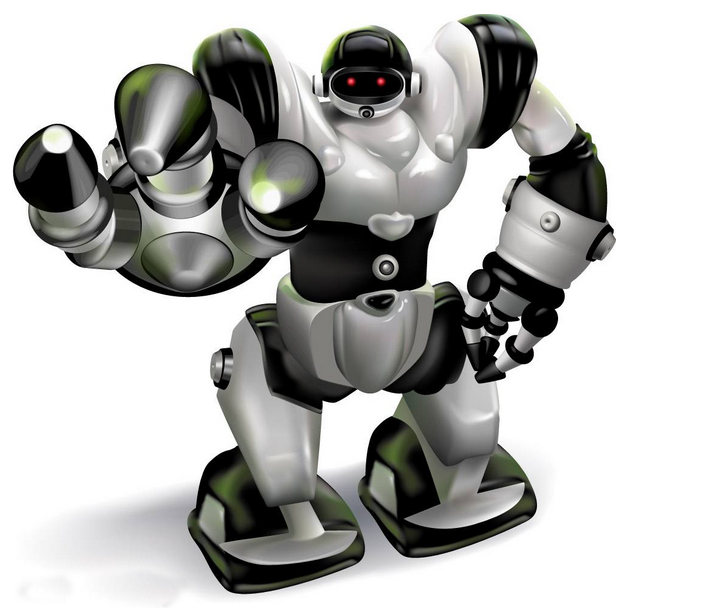
Cost
The cost of the robot from the small number of tens of thousands of RMB to the large million have a million. This cost is naturally lower than the high-end professional manufacturing equipment, but it may be higher than the domestic small integrated operators put together the automation program. But from the Western industry and in recent years, the domestic manufacturing industry to the degree of popularity of the robot seems to show that the economic advantages of robotics generally reached a critical point, more than other alternatives (artificial, or plane), it seems that the cost Still worth it.
In fact, take the old path of traditional robots, that hardware is not much room to reduce costs. Industrial robots are basically an open-loop motion mechanism, relying on the motor and gearbox with high precision with. And most of the leading manufacturers of these key parts are bought from several Japanese manufacturers that (this is the domestic companies to create their own robots, buy the same parts, nor how cheap, because the Japanese manufacturers will not for you How much discount is this amount). Unless the Chinese parts manufacturers can stop and try to catch up with the Japanese technology, so as to break the price advantage over the years monopoly, in order to truly promote the development of domestic robot manufacturers.
6. Intelligent
The reason why the smart on the last point, because the current market demand for the mainstream robot (ie, strong, fast, accurate), it is not the most urgent. This also reflects the advantages of traditional industrial robots (hard working, quality and quantity, is a "work" of the players) and lack (but very "stupid", old people teach).
But does not mean that the smart is not important, on the contrary enterprises have begun to do technology investment. Such as how to make the robot better understanding of human command intent, relatively independent to understand and plan the task, without a point to let people tell it how to go; how to make the robot in the external environment changes (light dim Affect the image recognition, damage to the items on the conveyor belt need special treatment) automatic adaptation; how to perceive the assembly through the sense of visual perception of parts assembly quality, and so on.
















 RCCN WeChat QrCode
RCCN WeChat QrCode Mobile WebSite
Mobile WebSite

